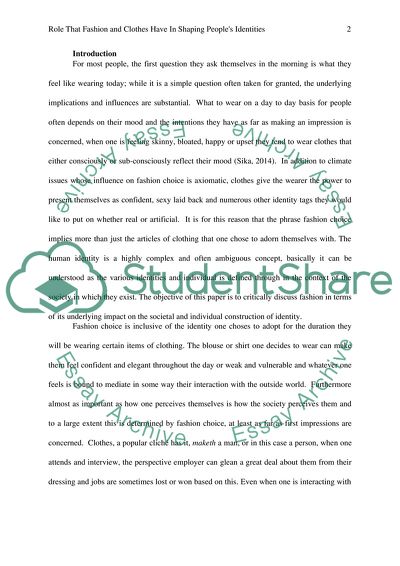Cite this document
(Fashion, Culture and Identity Essay Example | Topics and Well Written Essays - 2221 words, n.d.)
Fashion, Culture and Identity Essay Example | Topics and Well Written Essays - 2221 words. Retrieved from https://studentshare.org/social-science/1817050-critically-analyse
Fashion, Culture and Identity Essay Example | Topics and Well Written Essays - 2221 words. Retrieved from https://studentshare.org/social-science/1817050-critically-analyse
(Fashion, Culture and Identity Essay Example | Topics and Well Written Essays - 2221 Words)
Fashion, Culture and Identity Essay Example | Topics and Well Written Essays - 2221 Words. https://studentshare.org/social-science/1817050-critically-analyse.
Fashion, Culture and Identity Essay Example | Topics and Well Written Essays - 2221 Words. https://studentshare.org/social-science/1817050-critically-analyse.
“Fashion, Culture and Identity Essay Example | Topics and Well Written Essays - 2221 Words”. https://studentshare.org/social-science/1817050-critically-analyse.


